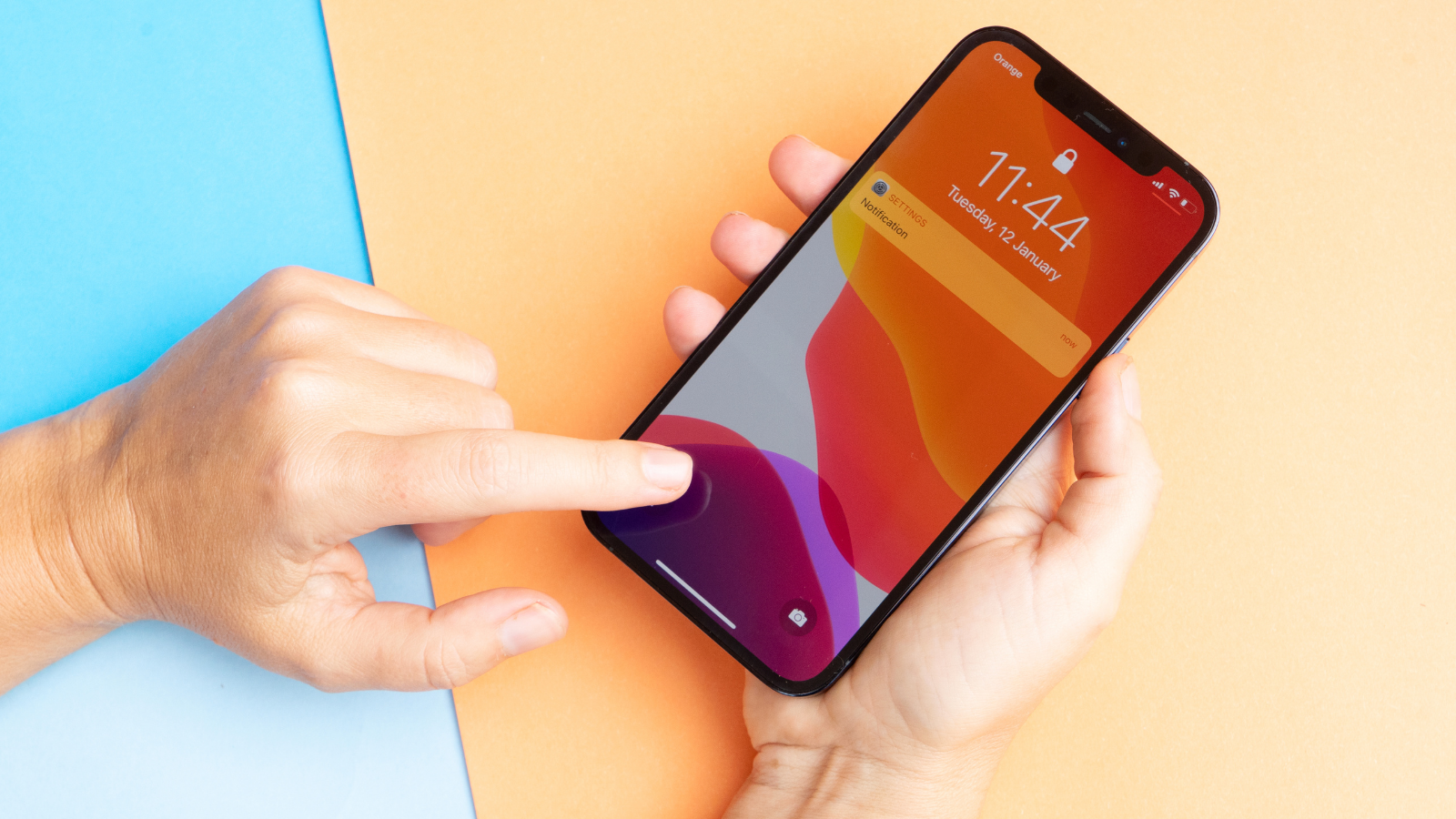
From websites you visit, to purchases you’ve made, and each email to your family in between, every corner of your life can be found on your wireless device. That is why the steps you take to safeguard your phone is critical. Rightfully, Americans have growing concerns about privacy protection.
Unfortunately, many states are attempting to address this with a myriad of solutions through state-specific privacy laws. A state-by-state approach is an ill-advised solution that will create a patchwork of inconsistent and confusing policies. It also means your data privacy rights can change the moment you cross state lines, slowdown technological innovation, and increase costs that directly affect your pocketbook.
Here’s the bottom line: We need a national privacy law. In the meantime, there are many steps you can take to help control and protect your privacy on your iPhone & iPad:
Control Location Access for Apps You Don’t Trust
Location Services can help your app’s performance. For example, the Weather app uses your location to report accurate forecasts. However, you may want to limit access to your location for apps you don’t trust. You have the power to control when and how often apps can access your location when you aren’t using the app.
Open Settings → Scroll to the Privacy tab → Tap Location Services → Select an App → Choose Location Access
Control An App’s Access To Your Personal Information
Under your Privacy settings, you can also prevent an app from accessing sensitive information, such as your photo albums, contacts, and more.

Open Settings → Tap Privacy → Tap on the app or feature you want to prevent apps from accessing (e.g., Contacts, Calendar, Photos, Microphone, Camera, etc.) → Use toggle to grant or revoke access
Review An App’s Privacy Policy
Interested in downloading a new app? Before you hit the download button, you can review the app’s privacy section to find out what kind of personal information the app will have access to when you use it.
Tap the App Store → Type the name of any app you want to review → Scroll to down to the App Privacy section
Remove Apps You No Longer Use
Unused and outdated apps may have access to sensitive personal information that should be restricted. Take some time to review apps you have not used in the past few months and uninstall apps you do not need.
Tap Settings → Select General → Choose iPhone Storage → Scroll down to any app you want to review
By following this Privacy Pulse Check, you are taking the necessary step toward protecting your personal information. Stay tuned for the next Privacy Pulse Checks for Android and Google Pixel!
Share Your Privacy Concerns with Congress
It’s your right to privacy—now is the time to protect it. Sign this petition and demand Congress enact federal privacy legislation that uniformly approaches data privacy, protects our information equally, and encourages innovation.